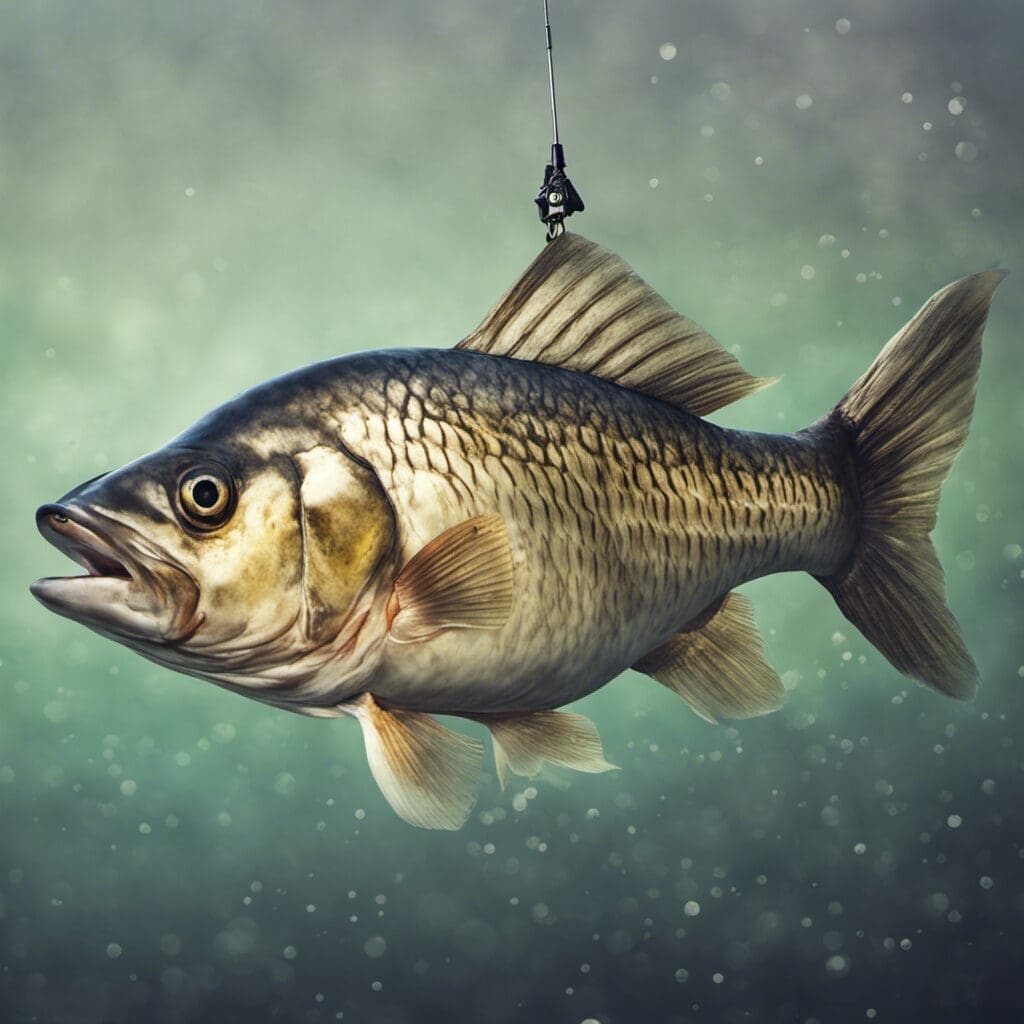Introduction
Species Name: The Ide (Leuciscus idus)
Family Name: Cyprinidae
The Ide, also known as Orfe or Golden Orfe, is a species of freshwater fish in the family Cyprinidae. This species is native to Europe and has been introduced to other parts of the world.
Conservation Status
Current Status: Least Concern
Conservation Efforts: Currently there are no specific conservation efforts for the Ide as it is listed as “Least Concern” in the conservation status. However, general conservation measures like maintaining water quality and managing fisheries are applicable to maintaining its population.
Statistics
| Average Length | Range Length | Average Weight | Range Weight | Average Lifespan | Other Stats |
|---|---|---|---|---|---|
| 40 cm | 20 – 70 cm | 1kg | 0.5 – 2.5 kg | 10 – 15 Years | n/a |
Distribution
Regions/Countries: Europe, Asia (Introduced to North America and New Zealand)
Migration patterns: The Ide does not generally undertake significant migrations, but can move locally according to weather conditions and food availability.
Habitats
Water type: Freshwater
Depth range: Shallow to moderate depths
Temperature range: The Ide is a cold-water species and prefers temperatures of 4°C – 20°C.
When and Where to See
Seasonal patterns: All year around, with the highest activity in warmer months.
Time of day: Ide are most active during the day.
Best Fishing Locations
Here are the top places to fish for Ide:
1. Balaton Lake, Hungary
2. Volga River, Russia
3. Dnieper River, Ukraine
4. Oder River, Germany
5. Vistula River, Poland
6. Danube River, Austria
7. Tisza River, Hungary
8. Lake Vanern, Sweden
9. Lake Peipus, Estonia/Russia
10. Elbe River, Czech Republic
General Tips: Look for Ide in areas of moderate current with plenty of vegetation. The Ide tends to prefer clearer waters than other cyprinids.
How to Catch
Preferred bait or lures: Worms, insects, small fish
Fishing techniques: Spinning, Coarse Fishing, Fly Fishing
Best time of day or season for fishing: Ide are most active during the day, with spring and early summer being the best seasons.
Identification Guide
The Ide has a torpedo-shaped body with a rounded belly. It is typically silver-blue with a dark back and a white belly. Fins are usually colorless to slightly red. It can be distinguished from similar species by its size and the lack of barbels.
Culinary
How to Cook: Grilling, smoking, frying
Taste Profile: Mild, slightly sweet
Nutritional Information: High in protein, low in fat
Recipes: Ide can replace any white fish in a variety of recipes.
Additional Information
The Ide is omnivorous and feeds mostly on invertebrates, plants, seeds, and small fish. The Ide breeds in April-May when females lay eggs onto vegetation or rocky substrates.
References and Further Reading
Resources with lots of additional information about the Ide are:
1. FishBase
2. The IUCN Red List of Threatened Species
3. Encyclopedia of Life
4. Pan-European Species directories Infrastructure

